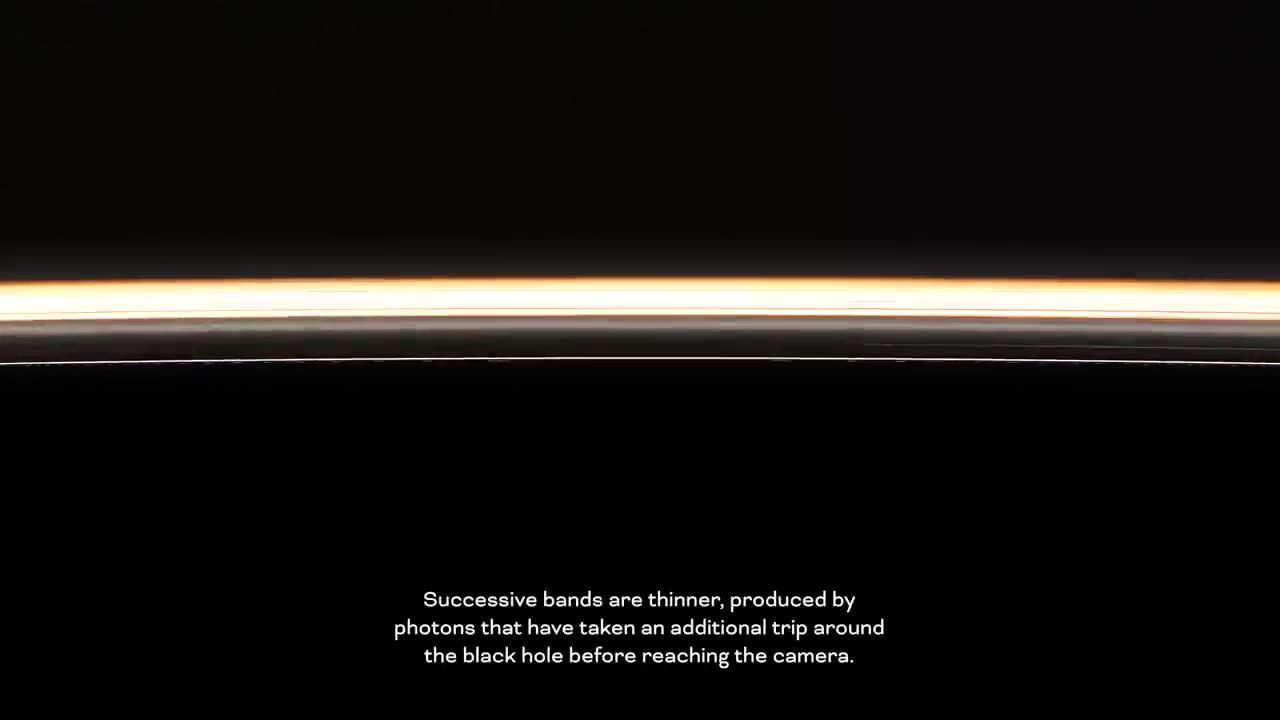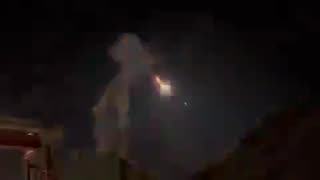Premium Only Content

NASA Simulation’s Plunge Into a Black Hole: Explained
NASA Simulation’s Plunge Into a Black Hole: Explained
This new, immersive visualization produced on a NASA supercomputer represents a scenario where a camera — a stand-in for a daring astronaut — enters the event horizon, sealing its fate.
Goddard scientists created the visualizations on the Discover supercomputer at the NASA Center for Climate Simulation.
The destination is a supermassive black hole with 4.3 million times the mass of our Sun, equivalent to the monster located at the center of our Milky Way galaxy. To simplify the complex calculations, the black hole is not rotating.
A black hole is a region of spacetime where gravity is so strong that nothing, including light and other electromagnetic waves, is capable of possessing enough energy to escape it. Einstein's theory of general relativity predicts that a sufficiently compact mass can deform spacetime to form a black hole.[3][4] The boundary of no escape is called the event horizon. A black hole has a great effect on the fate and circumstances of an object crossing it, but it has no locally detectable features according to general relativity.[5] In many ways, a black hole acts like an ideal black body, as it reflects no light. Quantum field theory in curved spacetime predicts that event horizons emit Hawking radiation, with the same spectrum as a black body of a temperature inversely proportional to its mass. This temperature is of the order of billionths of a kelvin for stellar black holes, making it essentially impossible to observe directly.
-
 0:03
0:03
Outer Space
13 days agoAsteroid C0WEPC5 breaks up over Olekminsk, Russia
2032 -
 57:43
57:43
barstoolsports
9 hours agoBest Shot Wins The Game | Surviving Barstool S4 Ep. 7
70K4 -
 1:52:24
1:52:24
Kim Iversen
5 hours agoLuigi Mangione Charged With TERRORISM | Liz Cheney Accused Of WITNESS TAMPERING, Faces 20 YEARS IN JAIL
28.9K31 -
 LIVE
LIVE
Akademiks
6 hours agoJay Z says he aint NEVER been friends w/ DIDDY! Bhad Bhabie lost her man? Travis Hunter Down Bad?
4,086 watching -
 2:27:04
2:27:04
AirCondaTv Gaming
4 hours ago $4.33 earnedWar Thunder - Tankering Around for That 10 Bomb
22.8K4 -
 4:19:05
4:19:05
SpartakusLIVE
7 hours agoThe MACHINE locks in for 12-hour POWER stream
17.4K1 -
 1:58:40
1:58:40
Robert Gouveia
6 hours agoJ6 Coverup: Prosecute LIZ CHENEY; NY Judge REJECTS Immunity; Trump Breaks Gag?
74.8K61 -
 2:22:06
2:22:06
WeAreChange
5 hours agoPSYOP Spreads: Drones Shut Down Airport In New York!
54K38 -
 1:31:18
1:31:18
Redacted News
7 hours agoEMERGENCY! NATO AND CIA ASSASSINATE TOP RUSSIAN GENERAL, PUTIN VOWS IMMEDIATE RETALIATION | Redacted
197K344 -
 56:45
56:45
VSiNLive
6 hours ago $5.02 earnedFollow the Money with Mitch Moss & Pauly Howard | Hour 1
59.2K2